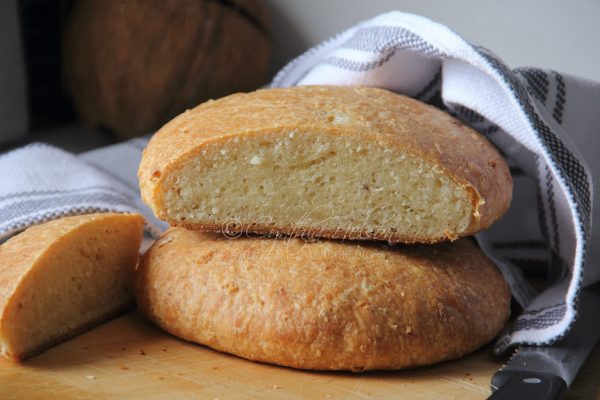 What’s Cooking is a series in which I answer questions and share advice about food and cooking that you have but may be too shy to ask.
What’s Cooking is a series in which I answer questions and share advice about food and cooking that you have but may be too shy to ask.
Have you ever considered writing recipes to pass on to your family and friends? To your children or contribute a recipe to your Church or Temple group? Or just as an effective reminder of yourself in the future?
Recipes are guides that direct and instruct us how to make things. Though it may seem simple, recipe-writing is anything but simple; you are always writing for someone else to interpret information and techniques that you as the writer are familiar with, and others not so much, therefore, things can get lost in translation. It is this lost in translation that I would like to address today, looking specifically at the importance of acknowledging and paying heed to the comma in a recipe, particularly, when it appears in the list of ingredients. This advice is for both recipe writers and recipe readers.
In the ingredients section of a recipe, all the items needed to prepare the dish or beverage should be accounted for. I call this period of cooking the gathering of ingredients. It is important as you write a recipe to ask yourself if you have listed all the ingredients that have been accounted for in the directions/method/instructions section of the recipe.
Also, in the ingredients section of a recipe should be the condition or state that the ingredient should be in before it is combined with other ingredients. For example, the temperature such as room temperature or cold, chopped, cooked, thawed, drained etc. The comma is absolutely important here because it is telling you how the ingredient should be.
Let me show you.
½ cup melted butter. This means take butter, and you can start with half cup of butter, melt it and then pour it to measure half a cup. Please note that ingredients change in volume and weight depending on their state.
Now see how the use of the comma changes things.
½ cup butter, melted. This statement is telling you to first measure a half cup of butter, and then melt it. There will be no need for further measurements. Got it?

Here’s another example.
½ cup chopped walnuts – chop the walnuts first and then measure half cup.
Look how it’s different with the comma: ½ cup walnuts, chopped. You measure the walnuts and them chop them.
There are many ingredients that end up in the ingredients list that are relative. For example, what exactly is a medium onion or medium-sized onion? It is better to state the quantity by measurement by volume. The recipe is better served by an instruction that there be ¼ cup of chopped onions rather than a medium or small onion.
The use of the comma in the context of the state of an ingredient is key to the outcome and quality of the final product. For example, if the ingredients list for making scones says, ½ cup very cold butter, it means that the temperature of the butter is key to the scones being light when cooked and the dough being easy to work with. Cold butter is very important to pastry being flaky. However, room temperature butter is best for making cakes so that when creamed with sugar for a certain period of time, the cake will light and moist when baked.
So, the next time you set out to follow recipe, please take the time to read through carefully, and watch for those commas!
Cynthia
cynthia@tasteslikehome.org





